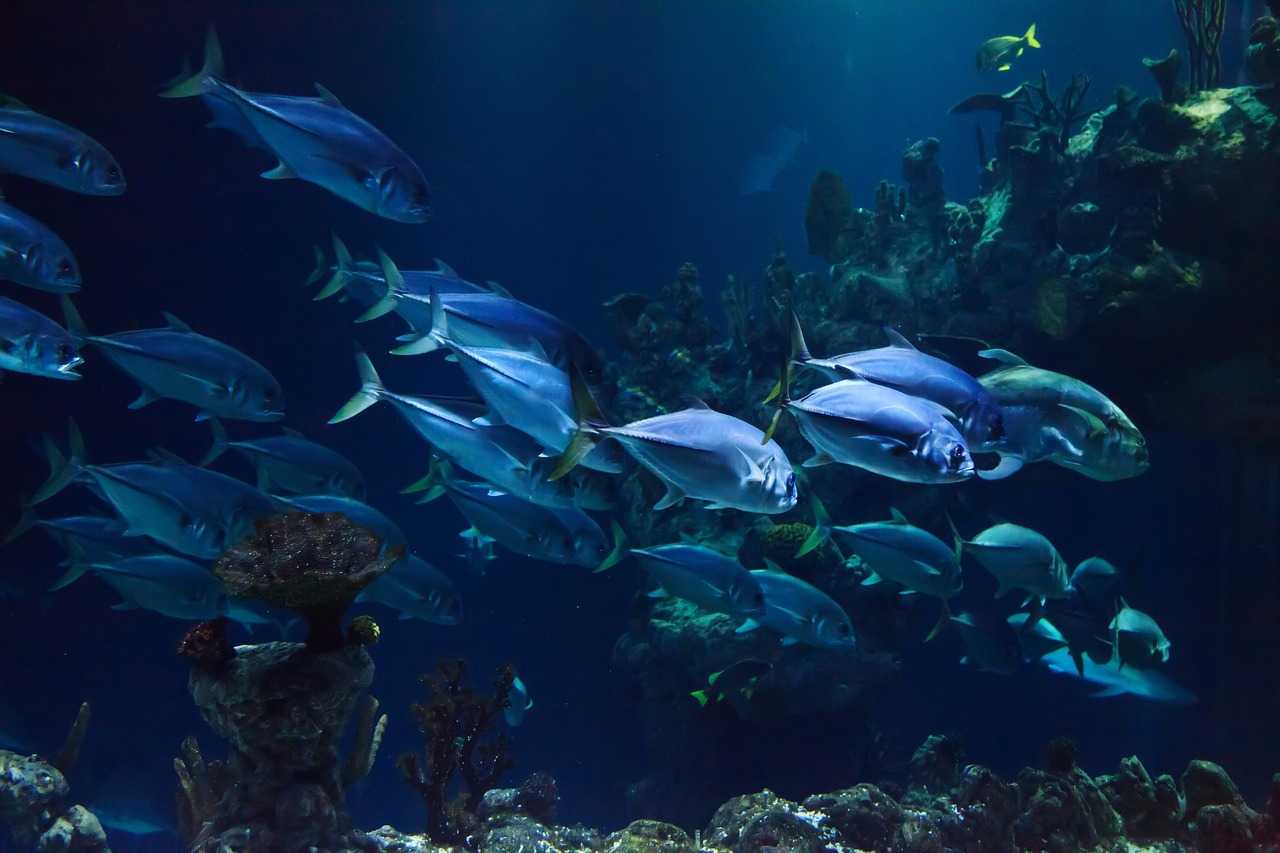
The technology has given birth to a holographic sensor which, combined with artificial intelligence, allows to detect the presence of microplastics.
Without realizing it, even the most eco-conscious, we pollute the sea and the ecosystem almost daily. In fact, with each wash, whether it is done by hand or in the washing machine, serious damage can be caused by the micro particles smaller than 5 millimeters that end up in the sea. According to recent studies, 35% of microplastics are formed from microfibers that end up in the sea. These are all those particles that detach from acrylic and polyester garments.
In recent years, microfiber garments, both for clothing and for everything related to the home, are the most popular, thanks to their always being well ironed and quick drying. It is a synthetic material made through the combination of two different fibers, namely polyester and polyamide. The name derives from the fact that they are very thin to produce very dense yarns. In fact, another feature of this fabric is that it has vivid and brilliant colours. The production cost is very low which, combined with the fact of having a very soft and easy to clean final product, has led it to be one of the most sought after and purchased.
40% of microfibres, exceeds the filtering systems of washing machines but not only, even surpassing the wastewater purifiers thus tragically ending up in the sea.
Fortunately, the evolving technology has allowed the creation of a particular holographic sensor which, combined with an innovative artificial intelligence method, allows to automatically detect the presence of microplastics in marine samples, distinguishing them from microplankton.
Italy is moving towards the technological avant-garde and it is a good thing since unfortunately it is a nation with a sad record. In fact, 70% of marine waste in the Mediterranean is deposited in the Italian seabed and almost everything is made up of plastics. If we are dealing with such microscopic materials, it becomes difficult to identify and even recover them. As mentioned above, they then become food for animals but also traps and a vehicle for disease.
Unfortunately, marine pollution is today one of the major points involving environmental emergencies related to the disposal of plastic. When microplastics arrive in the sea they have a double environmental damage, also linked to the marine animals that end up ingesting them. If this fauna is then destined for consumption, it enters the food chain causing negative effects on a broad spectrum, even involving human health. With this new system it is possible to carry out an automatic and accurate screening able to know tens of thousands of objects belonging to different classes with an accuracy higher than 99%.
The presence of natural and synthetic microfibers in the seas is mainly caused by the washing of clothing. In fact, half a million tons of microfibres are left in the oceans every year – an amount comparable to 50 billion plastic bottles. Among the different types of fabric, the most harmful is acrylic, five times more than a cotton-polyester blend fabric.
Sunday commitments always turn out to be lively. Let's find out where to watch Bologna-UdineseI…
Welcome back to this new episode dedicated to the format of our most beloved superheroes!…
Android 15 Beta 1.2 is available for Pixel devices with improvements to stability, performance and…
In this test we take a closer look at the new Hyundai Kona Full Electric,…
Framework Laptop 13 can be dismantled by everyone. With just one small tool. This is…
The exit of the British designer from Red Bull could trigger a domino effect with…